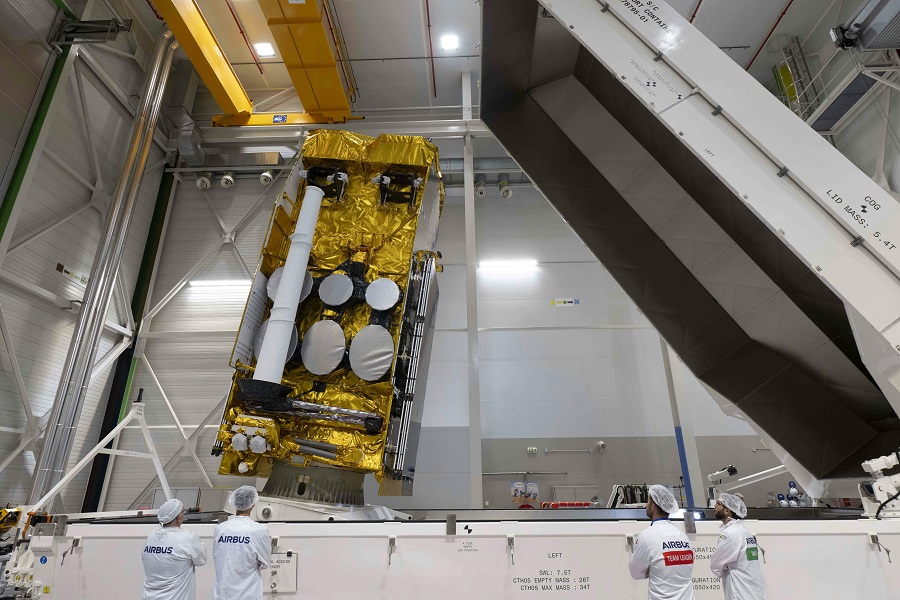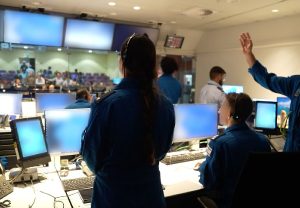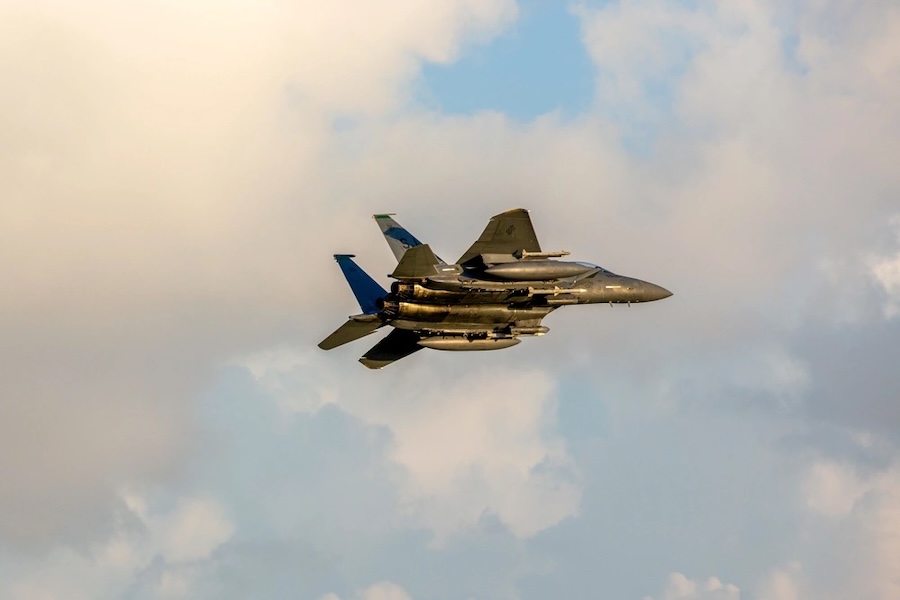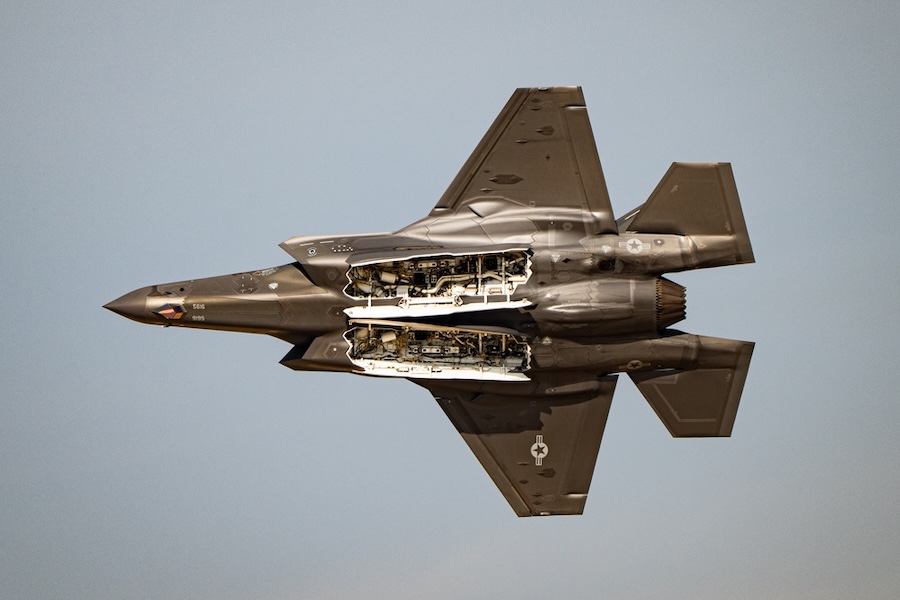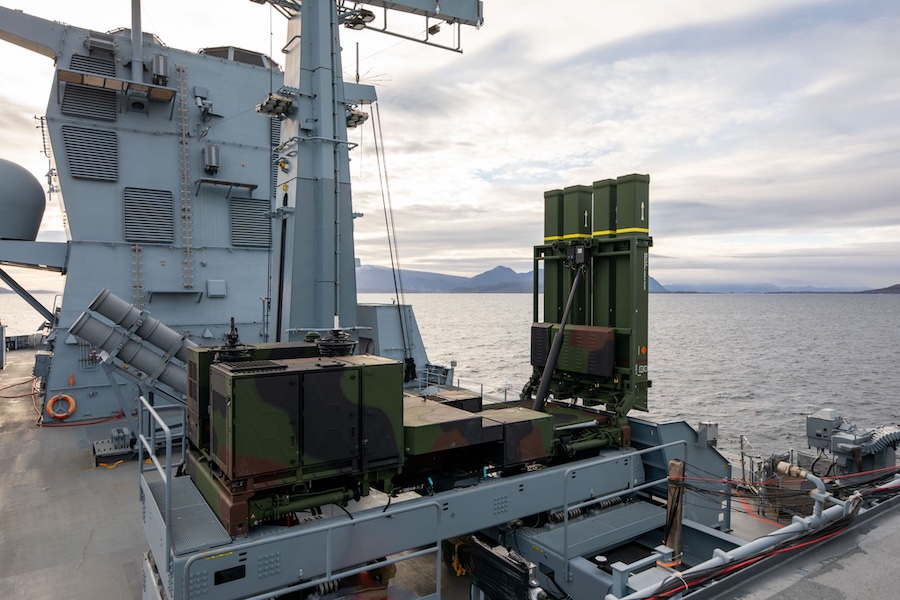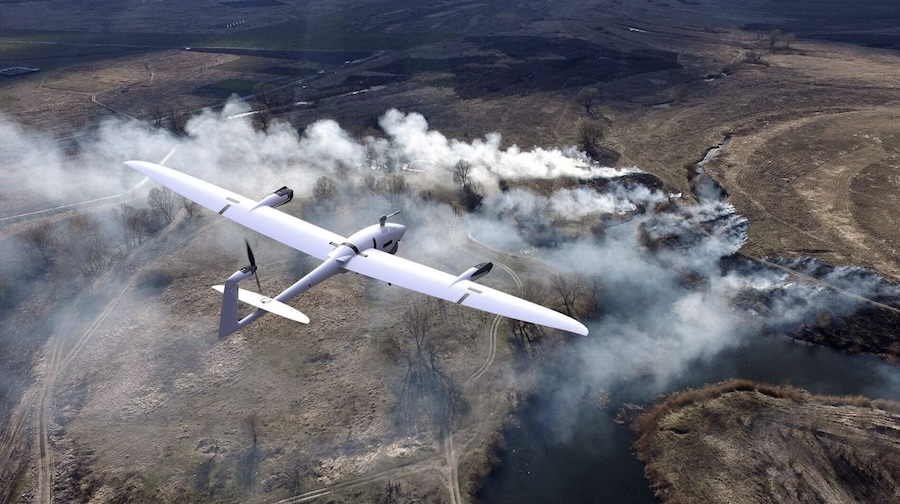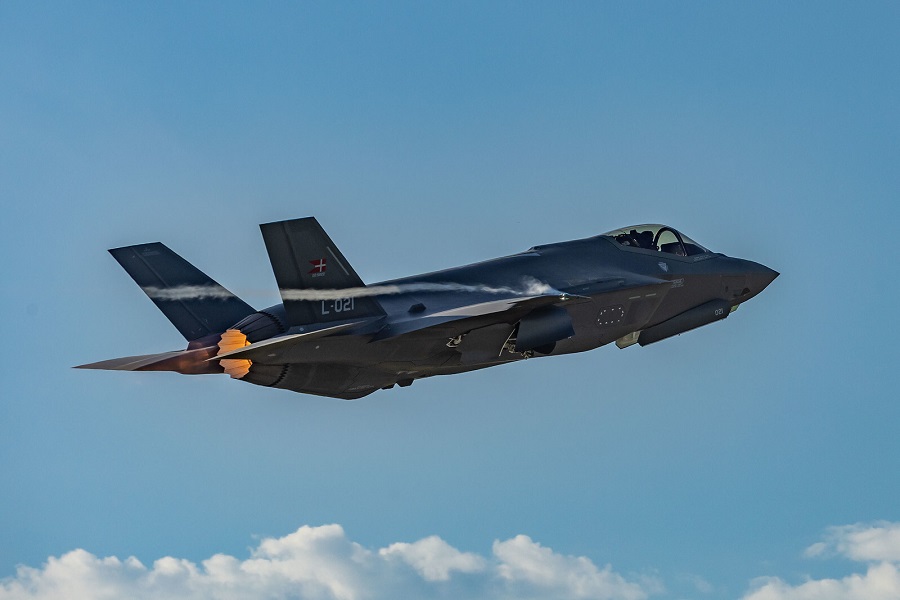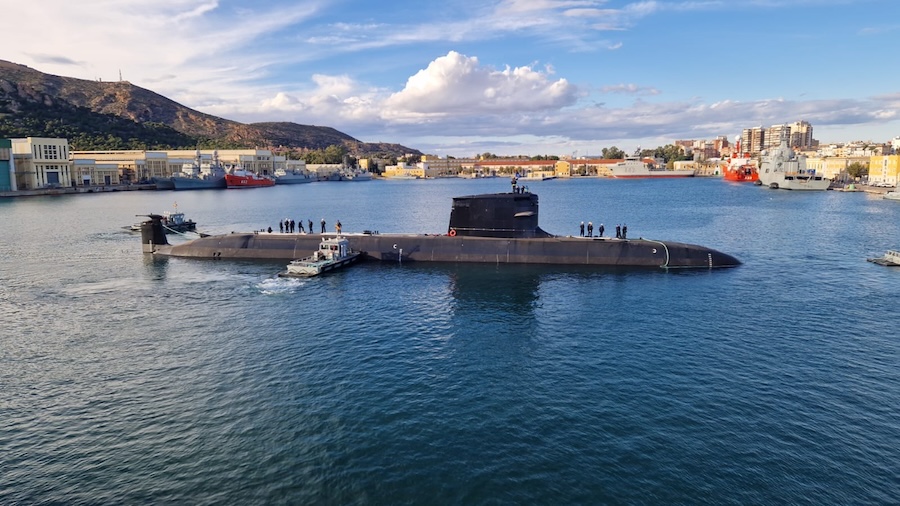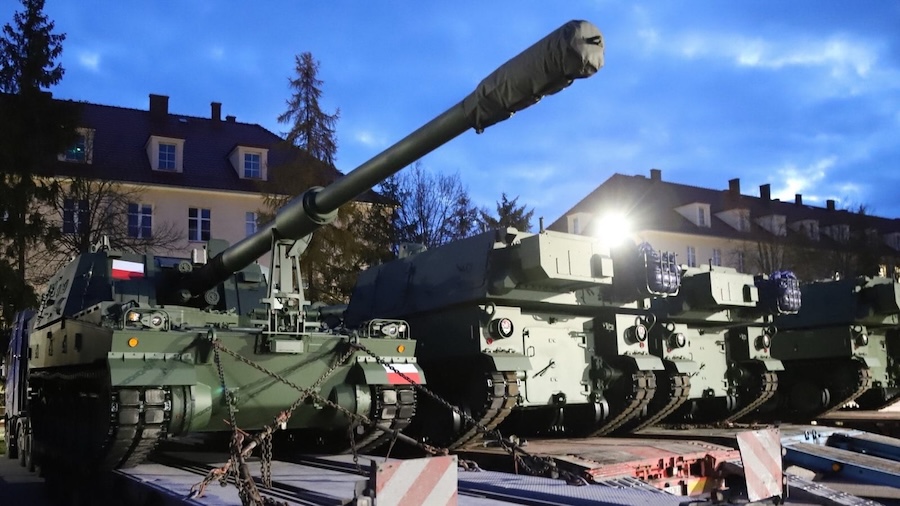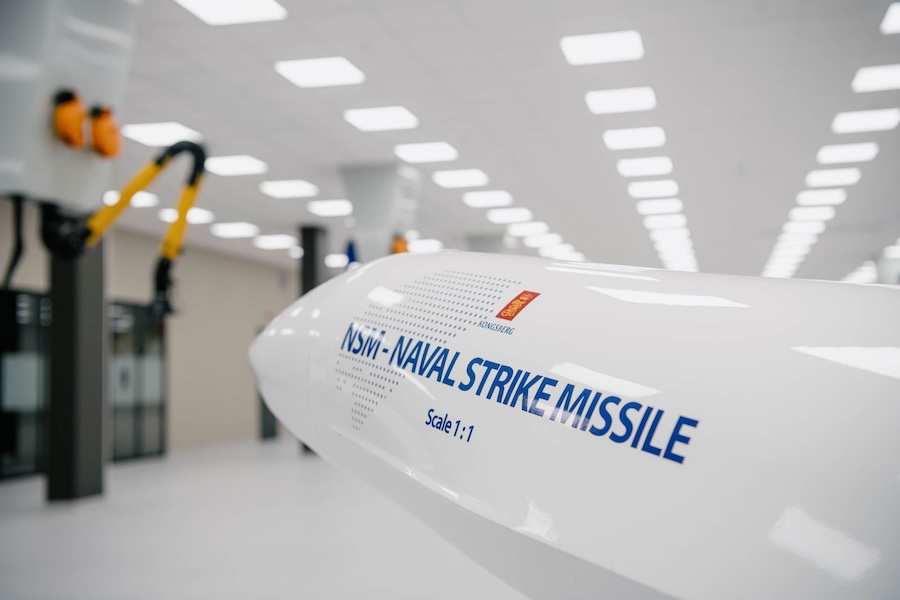This milestone marks the culmination of Spain’s most ambitious space project to date and delivers the most advanced government communications system in Europe. The programme has been led and promoted for the Ministry of Defence by the Spanish operator Hisdesat.
Both satellites are expected to begin service by spring 2026, supporting the Spanish Armed Forces, the European Commission under the GOVSATCOM programme, NATO, and allied governments. SpainSat NG-II will operate alongside its twin satellite, launched in January, to ensure secure and resilient communications capabilities.
“Secure satellite communications play an increasingly important role in operating effectively in multiple fields, including military operations and humanitarian relief and rescue missions,” said Raquel González Sola, Head of Space Systems at Airbus in Spain. “With SpainSat NG, Spain will be at the forefront of Europe and among one of the few countries in the world with access to the most secure communications networks, providing our country and its allies with sovereignty and strategic autonomy,” she added.
Following final integration, testing, and validation at Airbus facilities in Toulouse, the satellite was shipped to Florida in September. It was launched aboard a Falcon 9 rocket and has now joined its counterpart in orbit.
Built on the Airbus Eurostar Neo platform, the 7-metre, 6-ton satellite features an innovative X-band active antenna payload capable of adapting its coverage up to 1,000 times per second. The active antenna system can detect, geolocate, and counter jamming with precision and is shielded against nuclear electromagnetic pulses in orbit.
The payload, representing half of the satellite, was designed and manufactured by Spain’s space industry, led by Airbus. Its core technologies, especially the active antennas, were developed under the ESA ARTES programme through the Pacis 3 ESA-Hisdesat Partnership and supported by the Spanish Space Agency.




